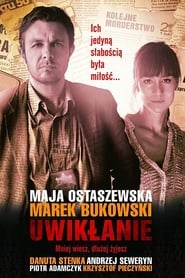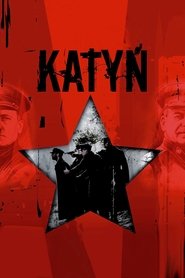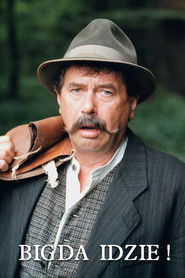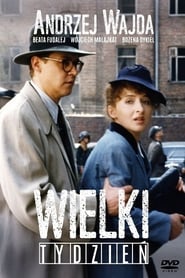detail profile jakub przebindowski

Info Pribadi
Peran Yang Di Mainkan Jakub Przebindowski
 A member of a therapy group...
A member of a therapy group...Entanglement 2011
A member of a therapy group is found dead. A prosecutor and a police officer try to solve the mystery of his death.
 On September 1st 1939 Nazi Germany invades...
On September 1st 1939 Nazi Germany invades...Katyn 2007
On September 1st, 1939, Nazi Germany invades Poland, unleashing World War II. On September 17th, the Soviet Red Army crosses the border. The Polish army, unable to fight on two fronts, is defeated. Thousands of Polish men, both military and government officials, are captured by the invaders. Their fate will only be known several years later.
 The film tells about the period...
The film tells about the period...Bigda is Coming! 1999
The film tells about the period of Polish history in the 20s of the last century, when the fragile government of the country fell, and a man of the people came to the fore. In fact, he turned out to be a cunning populist and an immoral politician, ready for any tricks for the sake of his goals.
 During the Nazi era a Jewish...
During the Nazi era a Jewish...Holy Week 1995
During the Nazi era, a Jewish woman on the run takes a trolley which passes near the Warsaw ghetto, where the uprising battle is taking place, and some passengers are struck by stray bullets. They take temporary refuge in an empty building, and there she has a chance meeting with her ex-fiancé. He offers to put her up--that is, hide her--for a few days. He's now married, a professional who lives in an idyllic suburb reached by a trolley that runs through the woods. His wife seems more committed to putting up the fugitive than he is. The story involves the neighbors, the building owner who avoids involvement and seeks solace in classic poetry, and the super and his suspicious wife.
 Polishborn Russian subject Cezary Baryka comes...
Polishborn Russian subject Cezary Baryka comes...